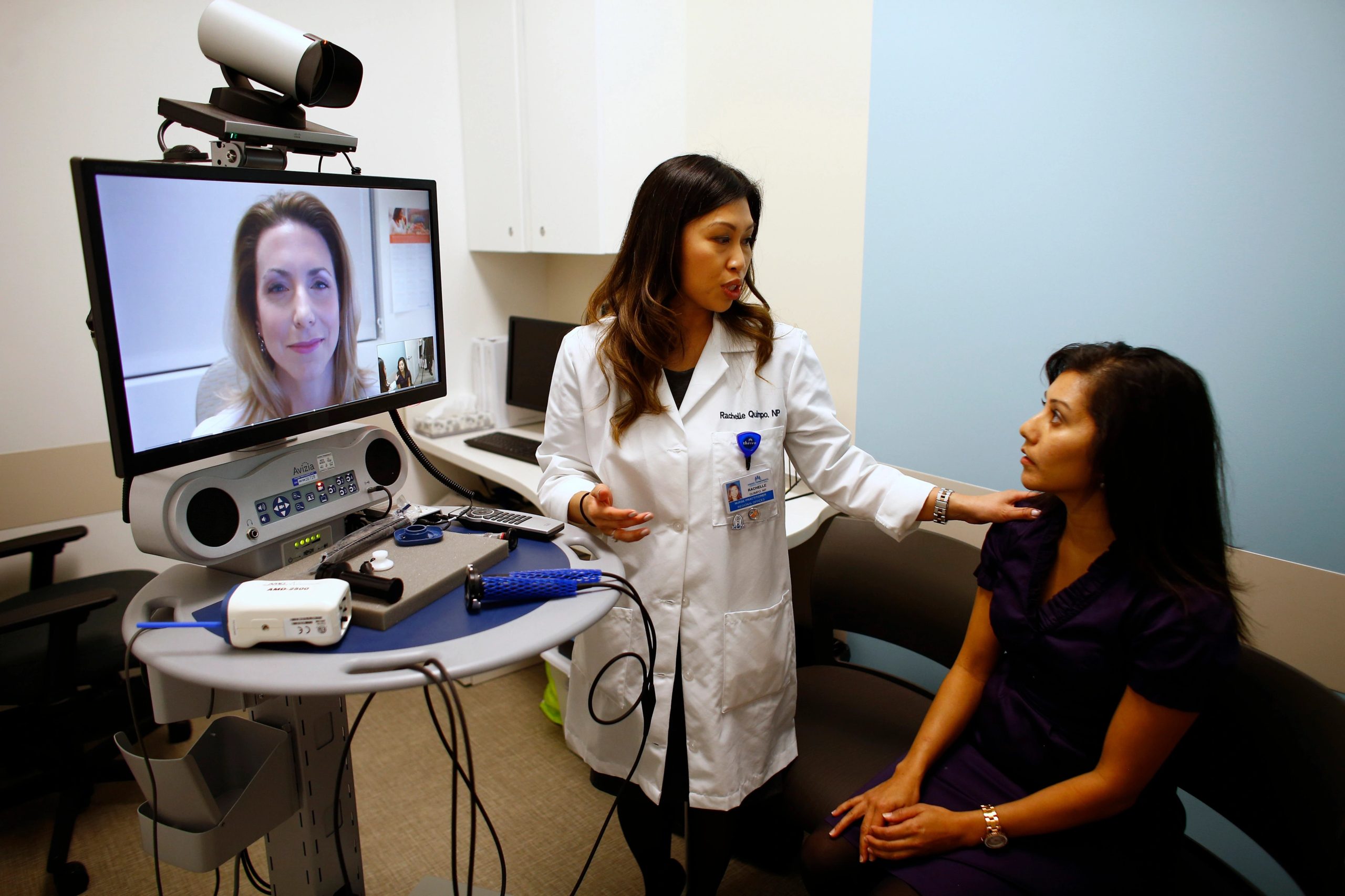
During the COVID-19 pandemic, a federal report reveals deficiencies in documentation for Medicare telehealth claims related to end-stage renal disease (ESRD) services. While telehealth use surged, most providers omitted essential details about the telecommunications systems used. The audit by the Office of the Inspector General (OIG) covered $37 million in Medicare payments, highlighting that only 25% of medical records specified communication technology. The OIG suggests documenting such information for future oversight, as telehealth becomes increasingly integral in healthcare delivery.
A recent audit conducted by the Office of the Inspector General (OIG) revealed significant shortcomings in the documentation of Medicare claims related to telehealth services for individuals with end-stage renal disease (ESRD) during the COVID-19 pandemic.
While telehealth services for ESRD patients witnessed a dramatic surge amid the pandemic, the audit uncovered a lack of comprehensive information within the service documentation. Notably, the majority of providers omitted details about the specific telecommunications systems employed in delivering these services.
Issued by the United States Department of Health and Human Services Office of the Inspector General, the report comprehensively outlines the findings of an assessment focused on telehealth services for ESRD during a public health emergency. The investigation delved into the extent of information present in medical records and whether the claims adhered to the necessary Medicare stipulations.
End-stage renal disease (ESRD) necessitates ongoing, permanent kidney damage treatment, including long-term dialysis or kidney transplantation. Also referred to as end-stage kidney disease (ESKD), this condition is notably prevalent in the US, impacting around 808,000 individuals in 2020, as reported by the Centers for Disease Control and Prevention. Within this demographic, 69 percent were undergoing dialysis, while 31 percent had undergone a kidney transplant.
For the OIG’s report, ESRD-related services encompassed outpatient dialysis-focused physician services provided either at home or at specialized centers.
During the COVID-19 public health emergency, the Centers for Medicare and Medicaid Services (CMS) introduced several waivers to broaden access to ESRD services. These waivers included the exemption of the requirement for in-person clinical examination of the dialysis access site, allowing this assessment to be conducted via telehealth.
Consequently, the employment of telehealth for ESRD treatment surged during the pandemic. The report illustrates a nearly 10,000 percent increase in Medicare claims payments for telehealth-based ESRD services between March and December 2020 in comparison to 2019. Although CMS did not issue explicit telehealth documentation guidelines, providers were expected to uphold the same level of documentation as in-person services.
The OIG audit encompassed a total of $37 million in Medicare Part B payments for 179,952 telehealth services related to ESRD provided during the period from March 1, 2020, to December 31, 2020. The audit sample was methodically selected, involving two groups: one consisting of 75 claim lines for telehealth services rendered to patients undergoing in-center dialysis, and the other comprising 25 claim lines for telehealth services provided to at-home dialysis patients.
Among the 100 claim lines selected for sampling, the OIG’s findings indicated that 88 correctly indicated the utilization of telehealth for ESRD-related services, whereas ten were inaccurately categorized as telehealth services.
Regrettably, only a mere 25 claim lines provided medical records specifying the type of telecommunications system utilized for delivering telehealth services. In contrast, the medical records for 64 claim lines failed to document this information for any of the telehealth consultations.
The OIG report elaborates that the absence of this information made it impossible to verify whether the telehealth services employed an interactive telecommunications system featuring audiovisual technology that remained non-public-facing. The OIG references the definition established by the Office for Civil Rights (OCR), which considers a non-public-facing remote communication product to restrict participation to intended parties by default.
However, the OIG’s investigation also indicated that the ESRD-related telehealth claim lines generally adhered to specific Medicare criteria and accurately identified the provided ESRD-related service. Notably, all the medical records within the sampled claims (88 in total) indicated dialysis planning and prescription assessments.
Although the OIG refrained from presenting any recommendations in its report, it highlighted the potential advantages of documenting the telecommunications systems used for telehealth visits related to ESRD. This information, the agency suggested, could be valuable to both CMS and OCR for future oversight mechanisms or modifications concerning remote communication products.
In the ever-growing integration of telehealth within the US healthcare landscape, the OIG is actively conducting audits aimed at identifying instances of fraud, wastage, and abuse within this care modality. Earlier in the current year, the agency unveiled discrepancies in Medicare reimbursements for certain psychotherapy services, including those conducted via telehealth, during the COVID-19 public health emergency. Following the audit, the OIG uncovered that out of the $1 billion disbursed by Medicare for psychotherapy, $580 million was deemed inappropriate and did not align with Medicare requirements. Of this $580 million, $348 million pertained to telehealth-enabled psychotherapy services.
